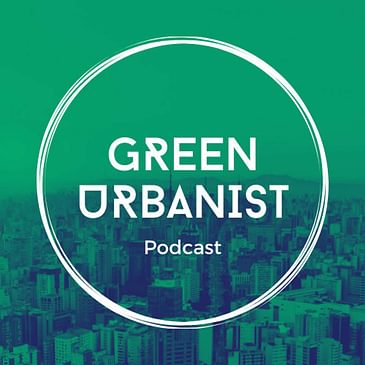Louisa Whitmore is an architecture enthusiast, TikToker and host of the Nature of Design documentary series. In this episode we discuss her experience making the documentary, the mental health benefits of biophilic environments and case studies of great biophilic projects.
Learn more about the Nature of Design documentary:
The Green Channel: Link
Instagram: Link
TikTok: Link
Louisa's TikTok: Link
Thanks for listening!
Join the Green Urbanist Weekly newsletter: Substack
Support the Podcast by Donation


